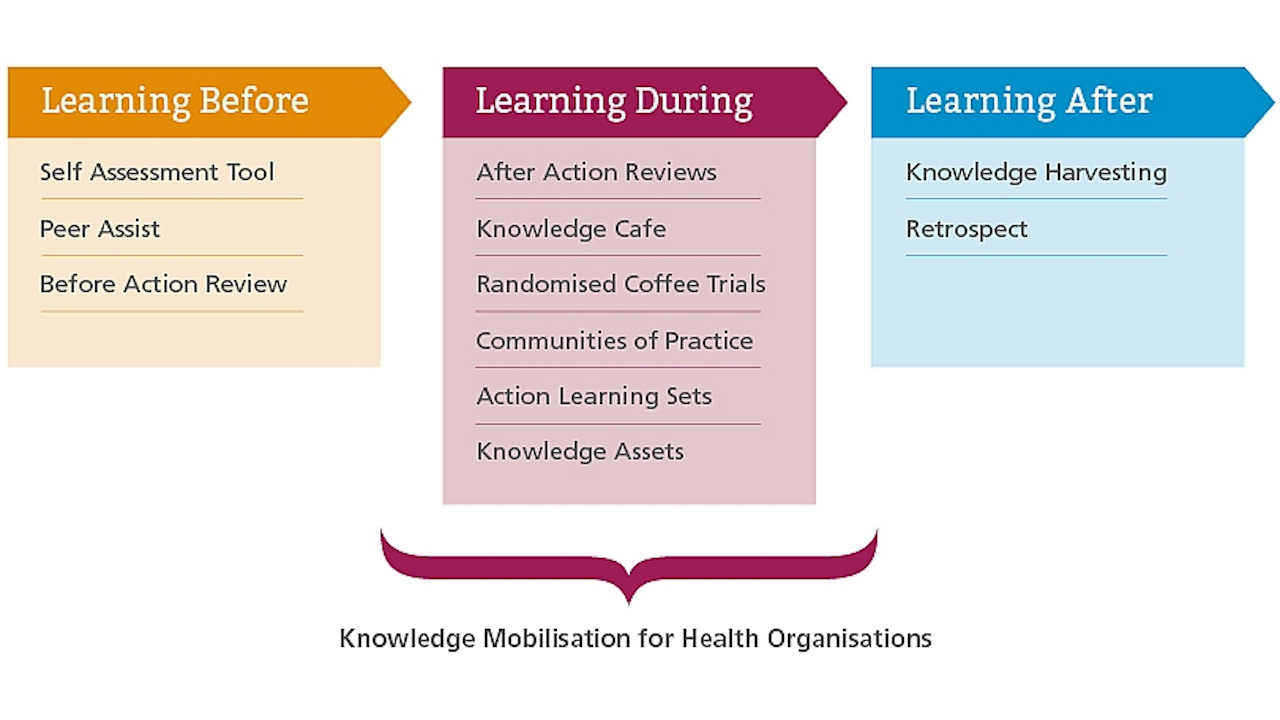
How organizations can manage the future
Originally posted on The Horizons Tracker.
The COVID-19 pandemic has underlined the importance of corporate agility and its ability to support us in our attempts to adapt to the circumstances we face. For black swan events, like the pandemic, such a reactive approach is perhaps understandable, but a recent study1 from the National University of Singapore underlines how corporate foresight is increasingly a competitive advantage.
“Foresight activities are much more comprehensive than just analyzing trends. In foresight, we actually create future scenarios and use that for organizational strategies,” the author explains.
The author highlights that corporate foresight allows organizations to interpret significant changes in their business environment and then to identify and assess possible futures based upon these changes. It consists of three core components:
- Scanning
- Futuring
- Reconfiguring.
“Scanning is an activity in which we look at the driving forces of change and signals in the external environment where the organization is operating. In futuring, we use that output of the scanning component to create possible, plausible, probable, preferable, and preventable futures, or scenarios, in the external environment. In reconfiguring, we use those futures – that range of scenarios – as starting points to improve the strategies of the organization,” the author explains.
An extensive approach
The author argues that effective foresight requires organizations to do all three of these activities, but it’s far more common for companies to do one or two. It’s also crucial that organizations look beyond their own industries when conducting foresight work as trends often begin life outside of one’s particular industry.
When done effectively, however, the results can be significant, with the paper highlighting that organizations that master foresight planning can become 33% more profitable than the industry average.
“Environmental instability is an increasing concern for firms around the globe. Disruptive and unforeseeable political events, economic downturns, pandemics, along with the interrelated consequences of quick technological, demographic, and social shifts constitute managerial challenges on multiple fronts. Executives at the highest corporate and public levels have relayed their struggle to foresee several recent digital and geopolitical dynamics,” the author writes.
Article source: How Organizations Can Manage The Future.
Header image source: Joshua Fuller on Unsplash.
Reference:
- Fergnani, A. (2020). Corporate foresight: A new frontier for strategy and management. Academy of Management Perspectives, doi: 10.5465/amp.2018.0178 ↩






